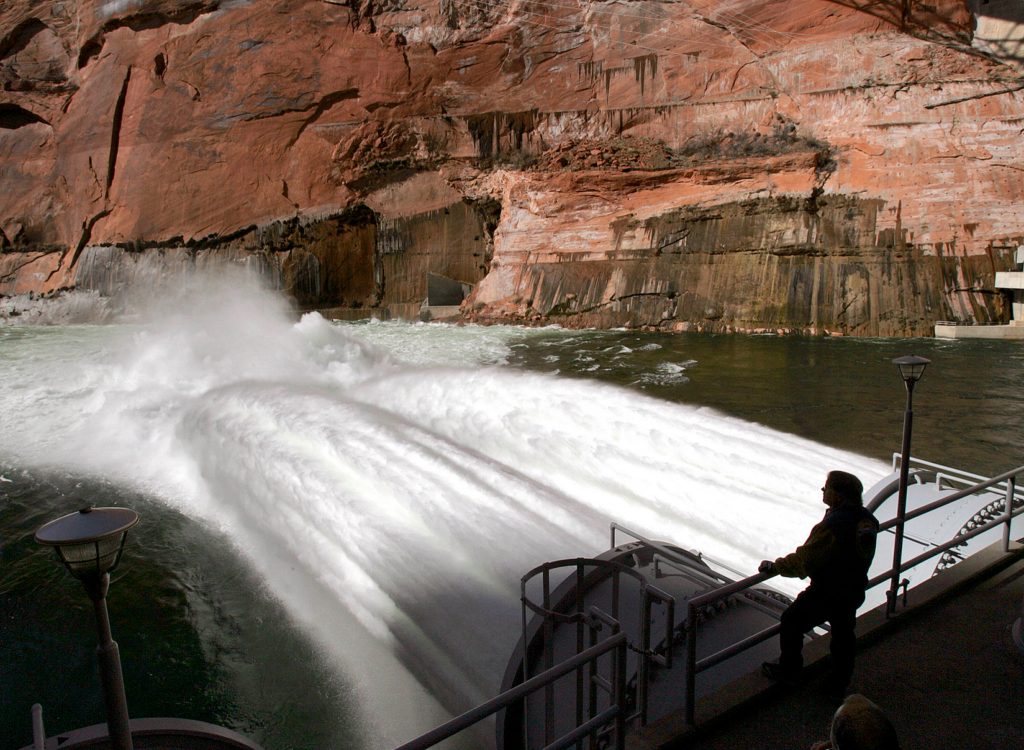Wow, so this is what it looked like watching Rome burn?
Or in our case, farmers’ fields and family taps running dry while Colorado River water managers hole up at Caesars Palace rearranging the deck chairs poolside.
For more than a decade, the crescendo from outside the Palace has been that Southern Nevadans and the other 38 million people reliant on this river should prepare for major shortages. In the past two decades alone, streamflow is nearly 19 percent lower than what we’ve been taking, and the scientific community warns that we must prepare for shortages of 35 percent or more.
But what will members of the Colorado River Water Users Association be discussing this week under the banner of their “Many Instruments, One Orchestra: The Music of the Basin” conference? A drought contingency plan that at best kicks the can down the road for another year or two, hoping nature decides to dramatically change her tune.


Leave a Reply